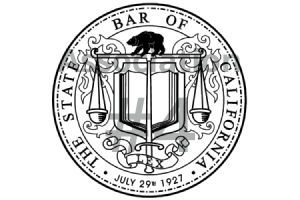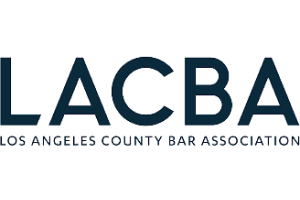California Construction Accident Case Narrowed to Two Potentially Responsible Parties
September 27, 2017

Construction sites are some of the most dangerous work environments. Even when all precautions are taken to ensure the safety of construction workers, there is always a chance that you can fall from a scaffold, get hit by a large object falling from above, or become injured by malfunctioning equipment.
It doesn’t take a San Diego construction accident lawyer to point out the massive amounts of construction and development taking place all throughout San Diego and the surrounding counties. Indeed, the entire state is undergoing massive amounts of new construction. Although the liability of property owners and construction companies may be more obvious with regard to injured civilians, sometimes it’s the subcontractors themselves who are the injured parties. In these cases, the injured individuals are probably not covered by workers’ compensation because they are not employees. Thus, if you are an independent contractor or subcontractor, and you become injured due to someone else’s negligence, you are going to want to contact a lawyer about holding any potentially negligent parties accountable.
In one such California construction accident case, one of the subcontractors got injured when he was attempting to climb down a ladder from the second floor. The worker had to climb through a temporary perimeter safety railing before he could reach the ladder. The perimeter had both horizontal and vertical rails. The man’s coworker went down the ladder before he did without incident. When the worker went to descend the ladder, he placed his hand on one of the horizontal rails. The rail then suddenly and unexpectedly detached, causing him to lose his balance and fall. The worker subsequently brought a lawsuit alleging negligence. The court granted summary judgment for two (Portala and Quality) of the four subcontractors, which was the subject of the recent appeal.
The first defendant subcontractor, Portola, presented evidence that while it did install the vertical posts surrounding the ladder, it did not install the horizontal rebar rail that detached in the plaintiff’s hand. It also stated that it installed horizontal cable rails, which had apparently been replaced by rebar rails by a different entity.
Portola submitted the deposition testimony of its lead worker on the site. He presented evidence of the work conducted while the subcontractor was on the site. It installed an extensive cable safety system, the cables for which it removed after it was finished during the relevant period. He further stated that it did not install the rebar system, nor would it ever because it took longer and was not as safe as the cable system it did use.
In addition to the issues relating to the rebar guardrail, there was a disagreement as to the ladder that was used at the time of the accident. Another individual at the job site stated that it had been “red tagged” because one of the steps had become dented.
Portola submitted that it should not be held responsible because the temporary safety rail system they installed was left in a safe condition prior to the accident, the horizontal rails were installed by someone else, and the missing vertical rail that was not missing when they left the site created an unsafe condition. Portola theorized that the missing post was likely removed by the masons, the framers, or the general contractor to build a wall or pour concrete on the second-floor deck.
Therefore, the court found that the evidence did not support that Portola was responsible for the injury, and the burden thus shifted to the plaintiff. The court found that his apparent piecemeal amalgamation of testimony from several individuals was in its opinion taken out of context and did not reach the necessary burden of proof.
The court then turned to Quality’s summary judgment motion. Quality provided evidence that it did not perform work at the location of the accident and that although it did install a rebar guard rail, the rebar piece that detached in the plaintiff’s hand had been welded, which Quality did not do. Quality’s crew was not trained to weld and did not have the tools necessary to weld rebar to vertical rails. The company’s vice president testified that its workers were trained to connect rebar by using tie wire. Thus, Quality argued, it could not be held accountable for the alleged negligence related to the welding failure because it did not weld in the first place. It also stated that any claims alleging its workers had been in possession of welding equipment were likely based on the torches that they used to cut the rebar, rather than torches for welding purposes.
While the plaintiff attempted to argue that perhaps the rebar was not welded but just threaded, the other individual who was on the site with him that day and had proceeded down the ladder first had unequivocally stated that the rebar looked welded upon examination. In fact, he further stated his belief that perhaps the bar was tack welded, leaving an unsafe condition.
The plaintiff further attempted to assert the doctrine of res ipsa loquitur because there were four defendants who all denied wrongdoing, and he should not be placed in the unfair position of having to point to which defendant caused the harm.
In order to prevail in a res ipsa action under California law, the plaintiff has to establish that the type of accident that happened would not have happened absent someone’s negligence, that the accident must have been caused by something within the defendant’s exclusive control, and that it was not due to any voluntary action on behalf of the plaintiff.
Unfortunately, according to the appeals court, the defendant’s argument failed under the second prong of the test, since both defendants in this appeal demonstrated that they were not responsible for the rebar that failed, and he thus failed to prove that the accident was caused by the exclusive control of either of those two defendants.
Thus, the granting of summary judgment for both Portola and Quality was affirmed.
If you have been injured in a construction accident, contact us today to schedule your free consultation with an Oceanside construction accident lawyer at our office.










